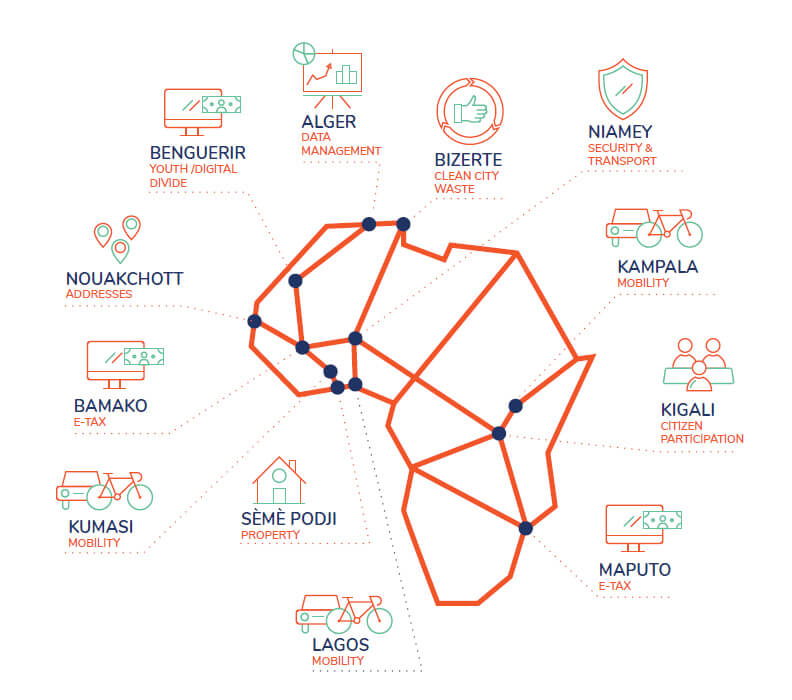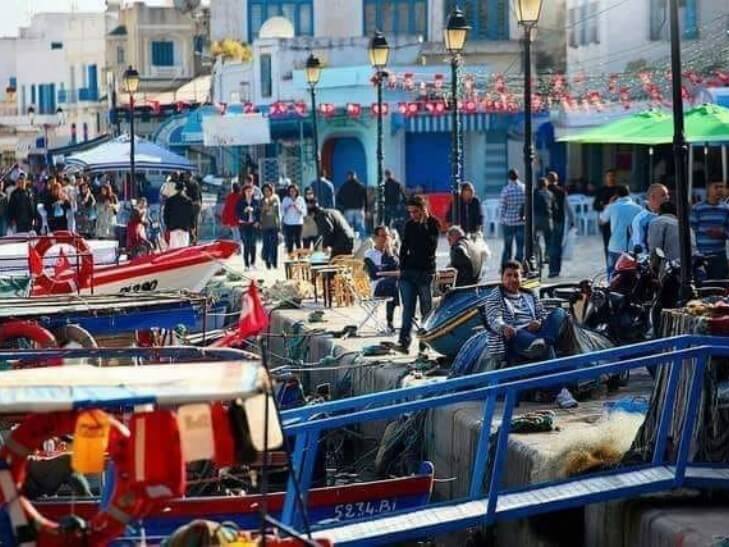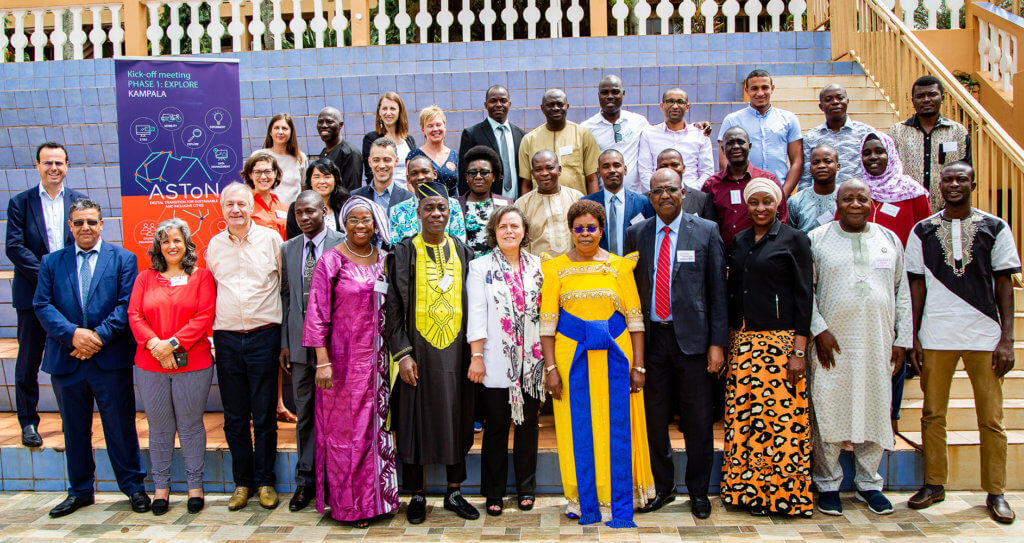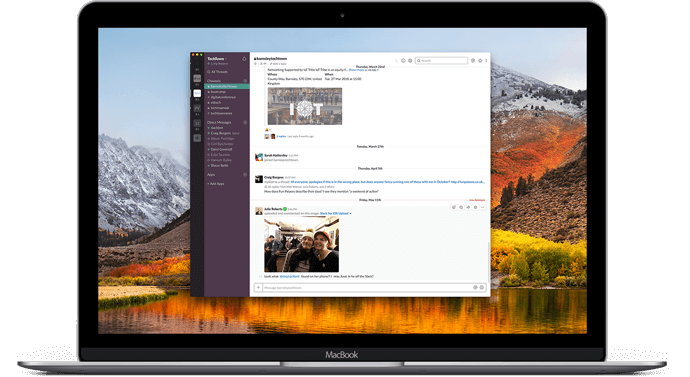Introducing ASToN
Have you heard of ASToN and wonder what it’s all about? I caught up with Simina Lazar, Network Lead to hear more about how this network of African towns and cities are using the URBACT method to address their smart city challenges.

Simina started by telling me that, given that the network kicked off just 6 months before the beginning of the COVID pandemic, it’s done well, especially if we consider the level of engagement across the partner cities. She recalled how difficult 2020 was – not just because of COVID but also because some ASToN partner cities had also experienced significant levels of social unrest and flooding &/or difficult elections. Despite everything that was thrown at them, the cities kept coming back, often with renewed engagement.
One city – Bamako, the capital of Mali, had had a particularly difficult time, experiencing a coup d’état in August 2020 – these are thing that we don’t really have to think about in EU URBACT networks. Despite this they have made huge progress through ASToN and are currently piloting using digital solutions co-created by the city and local start-ups to collect local taxes. Simina commented upon how the city’s idea and strong dynamic inspired some other cities in the network as well.

Bizerte from Tunisia is another great example of a city which has really benefitted from participation – the local coordinator there has really progressed in terms of her professional development and ability to achieve impact on the ground locally. She has embraced the opportunities offered by the wider URBACT community and even participated in the e- University early 2022. In what Simina described as quite an emotional presentation, she has also shared the benefits of participation to a forum on capacity building at an international conference – UCLG Africa in Morocco.

I asked Simina if she would like to share any other examples of inspiring or useful stories from network partners with the TechPlace Community and she talked really positively about the incredible groundbreaking work in Kigali, Rwanda which is experimenting with a technology which uses drones to deliver blood units and medicine across remote areas of the country. Rwanda has been the main test bed for this US developed technology which is now rolling out to other African nations.

Simina talked about how the mentality around tech is a bit different in the ASToN cities compared to her experience of how it’s perceived in Europe. Here we often assume that tech relates to big tech, big infrastructure. In ASToN cites, they think differently, more frugally. They realise that tech and digital solutions enable them to do a lot with a little. These cities are growing at an incredibly rapid rate. There is a sense that the only way to outsmart the growth is by using tech. A good example is Nouakchott in Mauritania which is using tech to develop an address system for the first time. This shows how in some cases, tech is enabling municipalities to leapfrog the analogue phase and move straight to smart solutions.

We spent a bit of time considering what Simina might have done differently if she had an opportunity to go back in time. She talked about the importance of putting more emphasis on the human level. Networks like ASToN only really work because of human connections. More time was probably needed to establish and develop these. The partners had only met each other once at an All Partner Kick Off meeting which took place in October 2019 and the leadership team had only met each city very briefly during flying city visits between then and the onset of COVID. The cultural differences between the ASToN cities are far greater than anything in the EU and more time was needed to both understand and account for this. ASToN has really tested something entirely new to these cities. They were used to having relationships with international development agencies and donors, most of which focuses on infrastructure development. ASToN was asking them to think completely differently and to focus on sustainable urban development through the lens of exchange of experience, mutual learning, and small-scale experiments. They needed time to understand and trust this new method and the people and tools behind it. They needed to adapt new mindsets and appreciate the benefits of developing and testing prototype solutions. Part of this was also the need for a more agile approach and an understanding that it’s ok to fail, as long as you’re learning.

It’s not clear what the future holds for ASToN yet but what is certain is that the network is attracting a lot of attention from a wide range of stakeholders. It really is a ground-breaking initiative, inspired by URBACT. I certainly hope that the experiment can continue beyond its current funding and that we can use the TechPlace community as a forum for mutual sharing.
For more information on ASToN, visit the website. https://aston-network.org
(If you look carefully, you might even catch a glimpse of me at their Kick Off Meeting in Kampala, Uganda – a truly memorable, challenging, once in a lifetime experience that I feel proud to have been part of).

